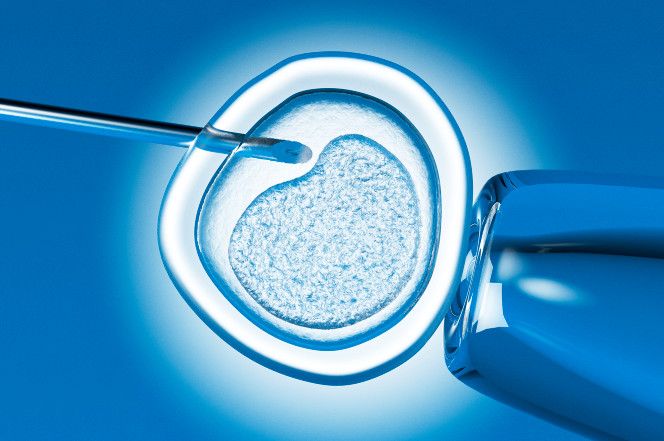LONDON — An international team of scientists has moved closer to creating artificial embryos after using mouse stem cells to make structures capable of taking a crucial step in the development of life.
Experts said the results suggested human embryos could be created in a similar way in future — a step that would allow scientists to use artificial embryos rather than real ones to research the very earliest stages of human development.
The team, led by Magdalena Zernicka-Goetz, a professor at Britain’s Cambridge University, had previously created a simpler structure resembling a mouse embryo in a lab dish. That work involved two types of stem cells and a three-dimensional scaffold on which they could grow.
Read more
